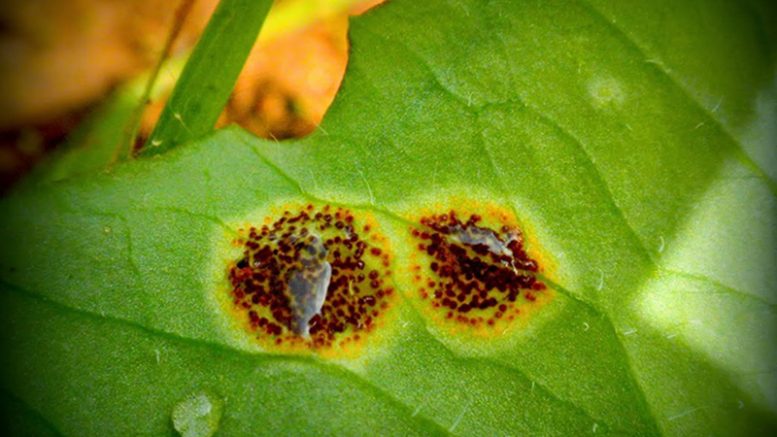|
Click to listen to this article
|
The world around you is teeming with life you can’t see. Plants, soil, water, insects – even your hair and skin – are home to microfungi, and they both sustain and devastate life on our planet.
Parasitic microfungi, which live off host plants and animals, maintain balance in natural ecosystems. But in developed areas, they can quickly destroy crops and financially devastate communities.
A team led by Purdue University mycologist Catherine Aime will venture to the tropics – where the vast majority of emerging crop diseases originate – and sites across the globe to discover and identify thousands of kinds of parasitic microfungi.
“To effectively combat any disease, you need to identify it and understand how it works,” said Aime, a professor in the Department of Botany and Plant Pathology. “Parasitic microfungi are the major cause of crop disease in the world. Through this work we hope to stay one step ahead, so that when the next disease strikes, we won’t be starting from scratch.”
The team will focus on two parasitic microfungi groups: Pucciniales, which causes rust disease in plants, and Laboulbeniales, which parasitizes insects. The project is supported by $1.5 million from the National Science Foundation, and also seeks to help resolve the “Tree of Life” for these groups.
“Microfungi are among the least understood living organisms on the planet, and they can be rule breakers,” Aime said. “Rusts don’t follow the typical patterns of evolution. Where we expect to see the genomes of parasites become compacted over time, theirs have expanded and we don’t know why. This study could lead to a fundamental change in the way we understand genome architecture. The implications could extend even to organisms beyond fungi.”
Aime is a pioneer in the identification of parasitic microfungi that cannot be put into culture. Her team will arrange community bat nights, in order to capture bat flies, and roach hunts to round up samples of the Laboulbeniales microfungi.
She also will use DNA-sequencing techniques to perform identification that previously was impossible.
CONTINUE READING ON PURDUE UNIVERSITY AGRICULTURE NEWS

